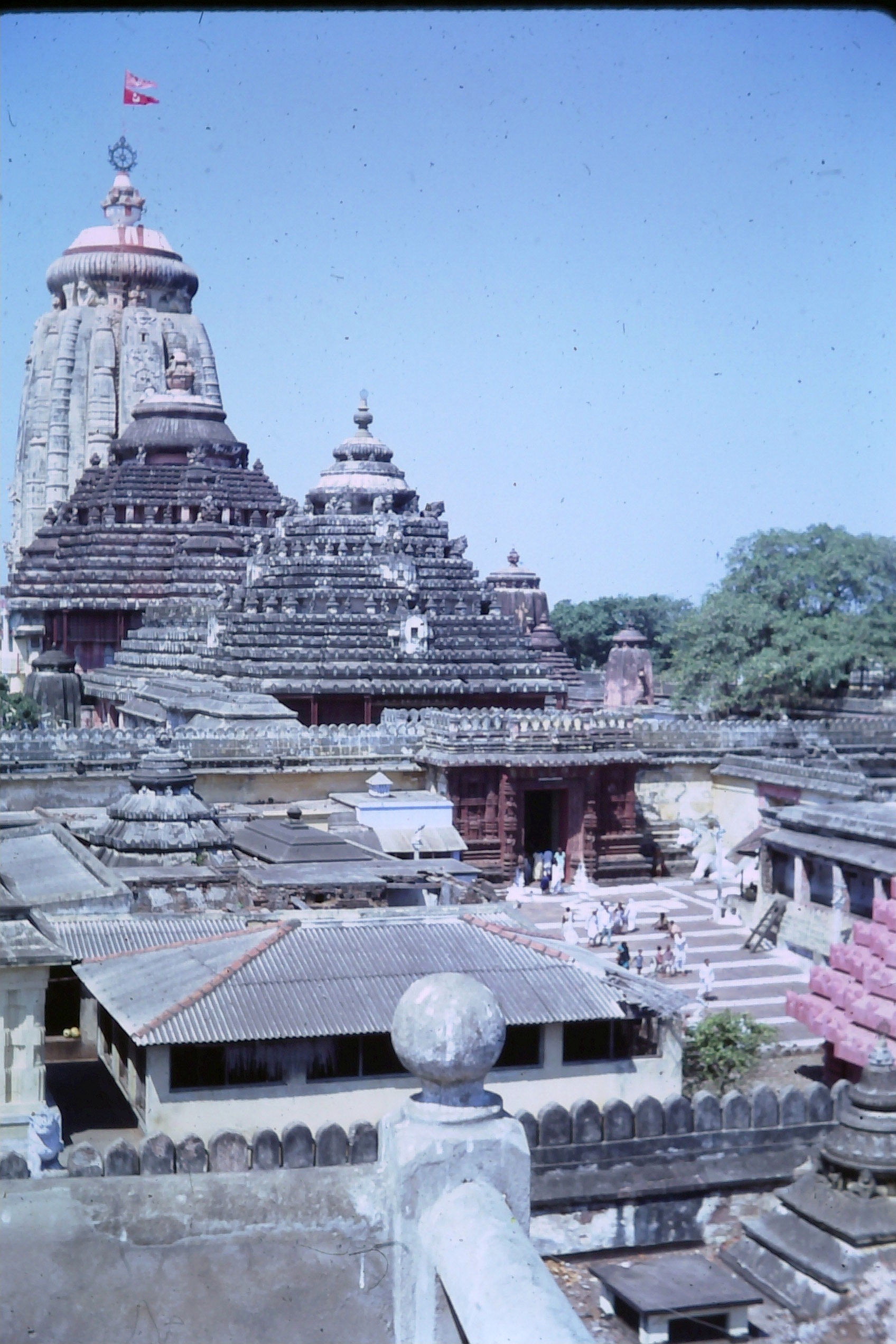Konarak Sun Temple
The Konarak Sun Temple is located in Konarak in the state of Orissa and is dedicated to the sun god Surya. It is considered one of the

great temples of India and was constructed by Raja Narasimha of the Ganga Dynasty in the mid thirteenth century C.E. (Misro 56-57). Although over time it has decayed, the Indian government has worked to restore it as it is a UNESCO world heritage site and it is now popularly considered one of the seven wonders of India.
Located in the relatively small town of Konarak, the Konarak Sun Temple lies on the coast bordering the Bay of Bengal in the Indian state of Orissa. The region today is quite arid and sparsely populated; questions remain as to why a great temple was built (Sanjaya 45). The historic reasons for its location are not well known; however, it is near the ocean and used to be quite close to the now dry holy river Chandrabhagam. This area was historically quite populated, with many towns and trade centres along the river and coast. Some historians believe that if this was not so, the great temple could not have been built. Furthermore when the temple was constructed it was within the territory of the Ganga Dynasty, which was an area that contained many Sun Temples. The temples position at Konarak may have been deemed a secure location as the Dynasty’s western border was under constant threat of Muslim invasion; at the time of construction Konarak was in a relatively safe area. It was also customary for Ganga rulers to place temples far away from their capitals. This is because the temples may have promoted ceremonies that were uncommon among the general populace, such as tantricism. The practice of tantracism was popular among the sun cult who were very influential in the Sun Temples construction (Misro 59-61).
Dedicated to the sun god Surya, the temple is meant to represent the horses and the colossal chariot which belong to the sun god. Many aspects of the temple are meant to display various measures of time such as months, days and praharas (the eight time periods of a day). The main complex contains the twenty four great wheels of the chariot which are meant to signify either the twenty four hours of the day or the twenty four fortnights in a year. Each of the wheels is 2.971m in diameter and each contains eight spokes which represent the eight praharas in a day. At both the sides of the main gate there is a team of seven horses pulling the chariot. According to some traditions these horses represent the seven days of the week. Other sources state that the horses represent the seven colours of a sun ray and that sun rays must pass through seven layers (represents by the horses) before it can reach the earth (Misro 62). There are also three standing images of Surya which depict the rising, mid day and setting sun (Misro 57). The temple grounds contain many more buildings such as an audience, dancing and dining hall. Almost every inch of the temple is covered in intricate carvings of deities, mythology and even depictions of courtly life. The temple is also known for containing erotic sculptures and images throughout, which may be likened to the Sun Cults involvement in its construction (Misro 62-63).
Built in the thirteenth century C.E., under the rule of Narasimha Deval, the Konarak Sun Temple is now believed to not only have religious significance but military significance as well. Under Narasimha’s rule several Muslim attempts at invading Orissa were defeated and Narasimha eventually went on to launch a successful offensive against Tughan Khan. After this string of victories the prestige and power of Orissa increased significantly and a campaign was underwent to create the greatest temple in India and a memorial. This is reflected in the temples construction as numerous war scenes are depicted, which is unusual for Indian temples. Tradition says that the temples construction took twelve years and 1200 laborers working day and night (Misro 58-59). The temple was built almost entirely out of dark stone (chlorite, laterite and khondalite) with little iron, lime plaster or cement. This was due to the fact that stone is seen as everlasting and deteriorates very slowly and the architect’s intention was to create an everlasting temple (Misro 62).
Unfortunately, the temple was not to remain in good condition forever; in 1565 Muslim armies raided Orissa and attempted to raze the temple. They were not successful but the temple was damaged and looted and Orissa was in a state of ruin. The Copper finial was removed as well as parts of some of the walls leaving the temple structurally unstable and vulnerable to collapse. A couple centuries of neglect left the temple to further degrade with weathering and vegetation taking a further toll on the structure. The local populace even took stones to build other less significant temples as is seen in the case of the Jagganath Temple at Puri. It still contains a pillar which is believed to be from the Konarak Sun Temple. However restoration began in 1901 with many buried parts of the temple being excavated. Decayed parts of the temple were then rebuilt including the natmandir (the main hall) (Sanjaya 47-49).
The Konarak Sun Temple today is a large tourist attraction and considered by critics to be one of the finest specimens of Indian architecture to date. It is recognized as a UNESCO world heritage site.
References
Articles
Misro, R.C. (2001) Construction of the Sun Temple at Konark: An Historic Perspective. Bangalore: Quarterly Journal of the Mythic Society.
Sanjaya, Sanjaya (1976) Sun Temple at Konarak. Madras: Indian Review.
Related Topics
Surya
Orissa
The Ganga Dynasty
Praharas
Narasimha
Tantricism
Tughan Khan
Jagganatha Temple
Sun Cult
Noteworthy Websites
http://whc.unesco.org/en/list/246
http://en.wikipedia.org/wiki/Konarak_Sun_Temple
Article written by: Chris Banmann (April 2010) who is solely responsible for its content.









